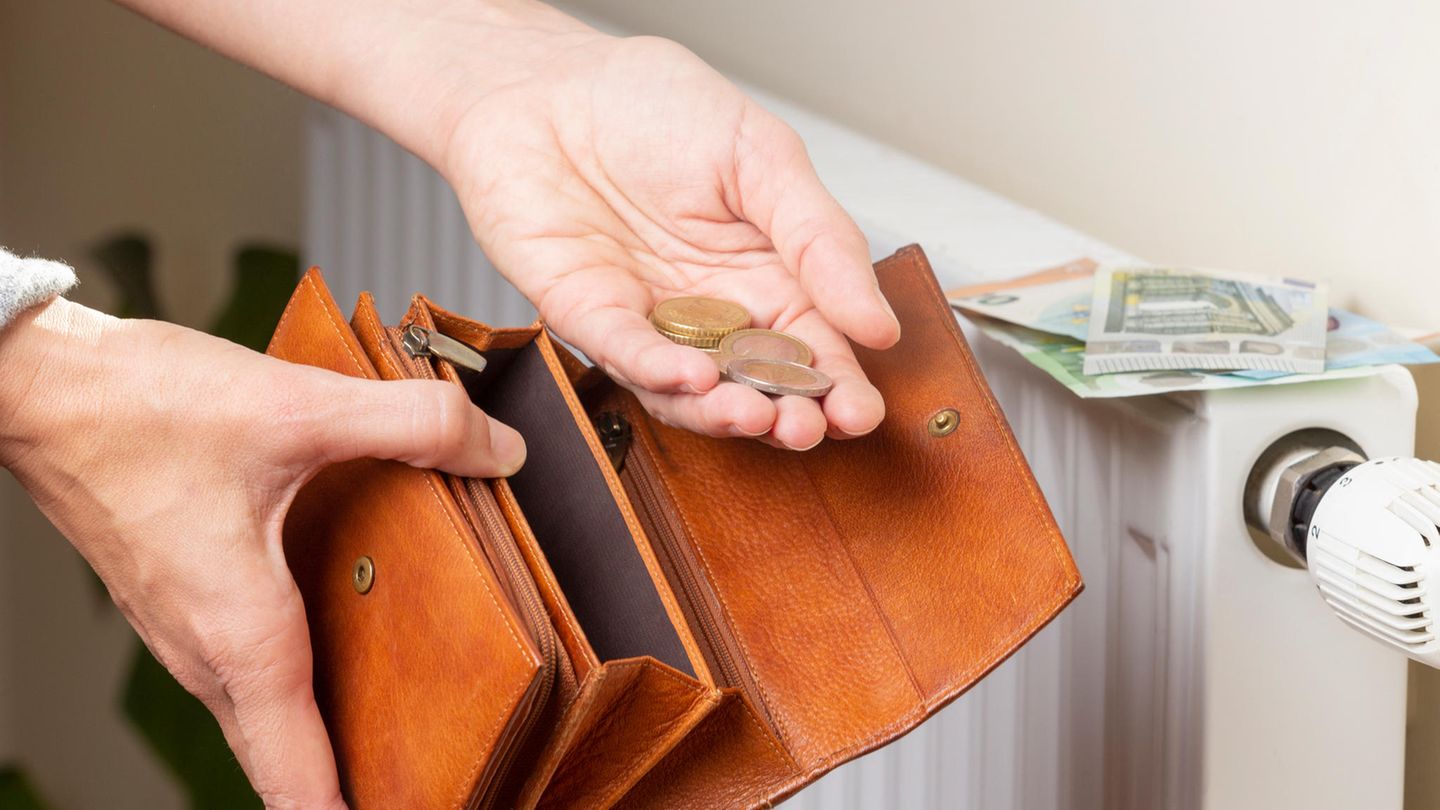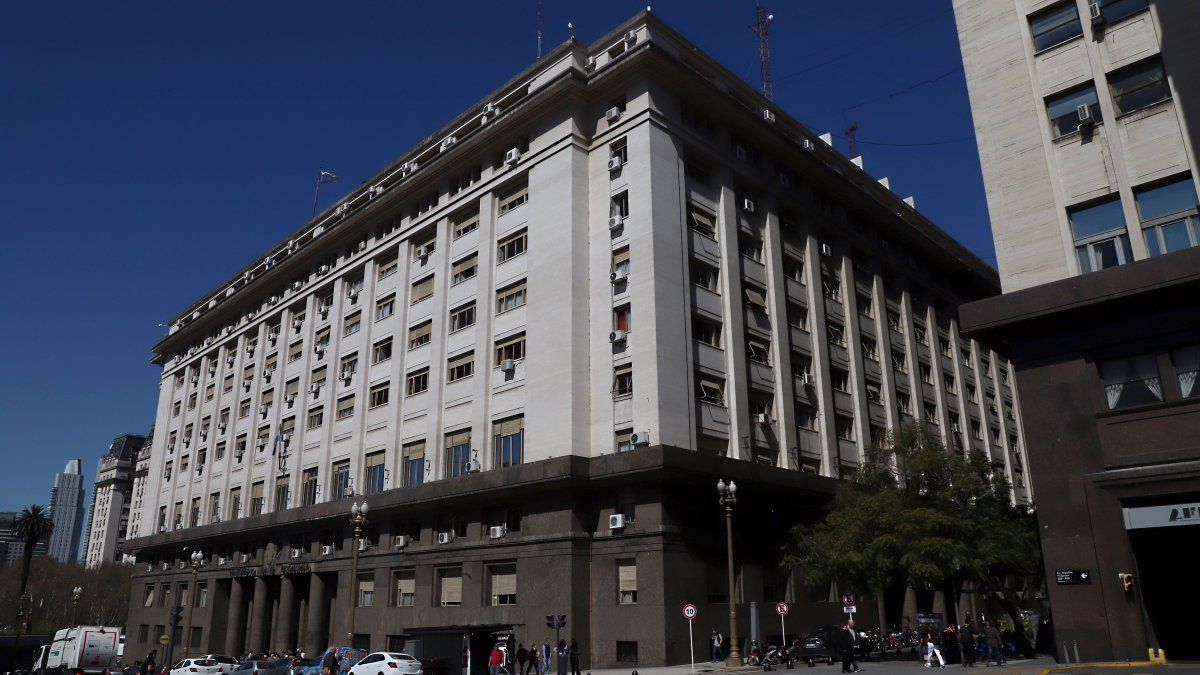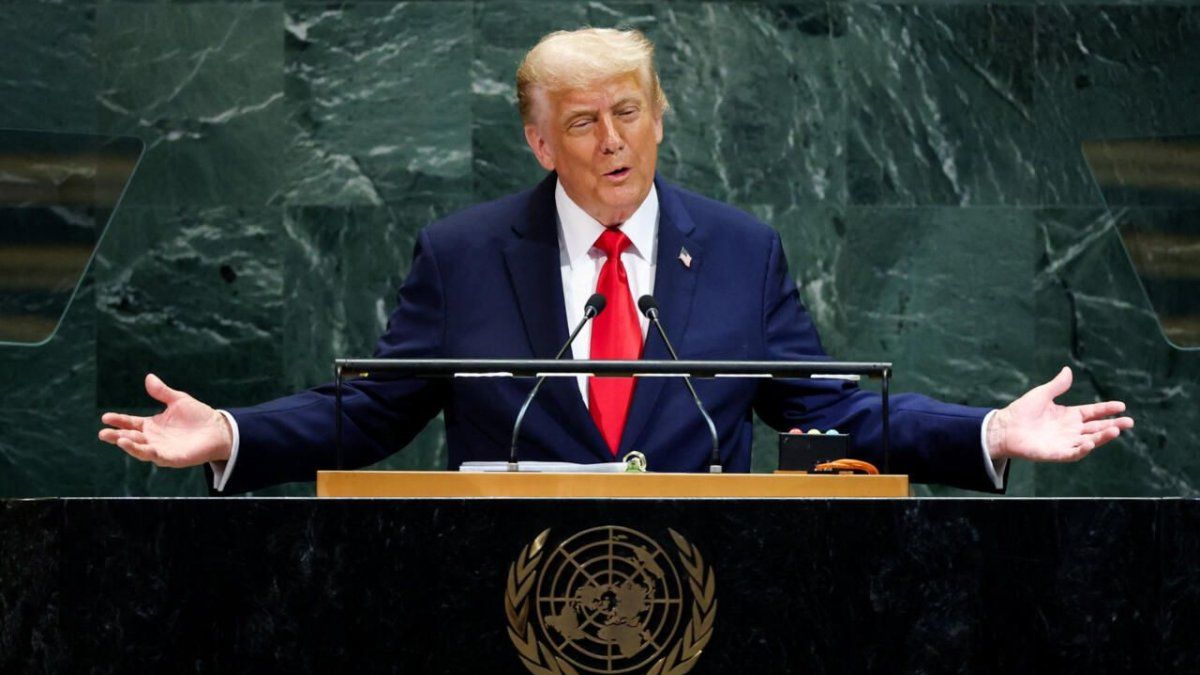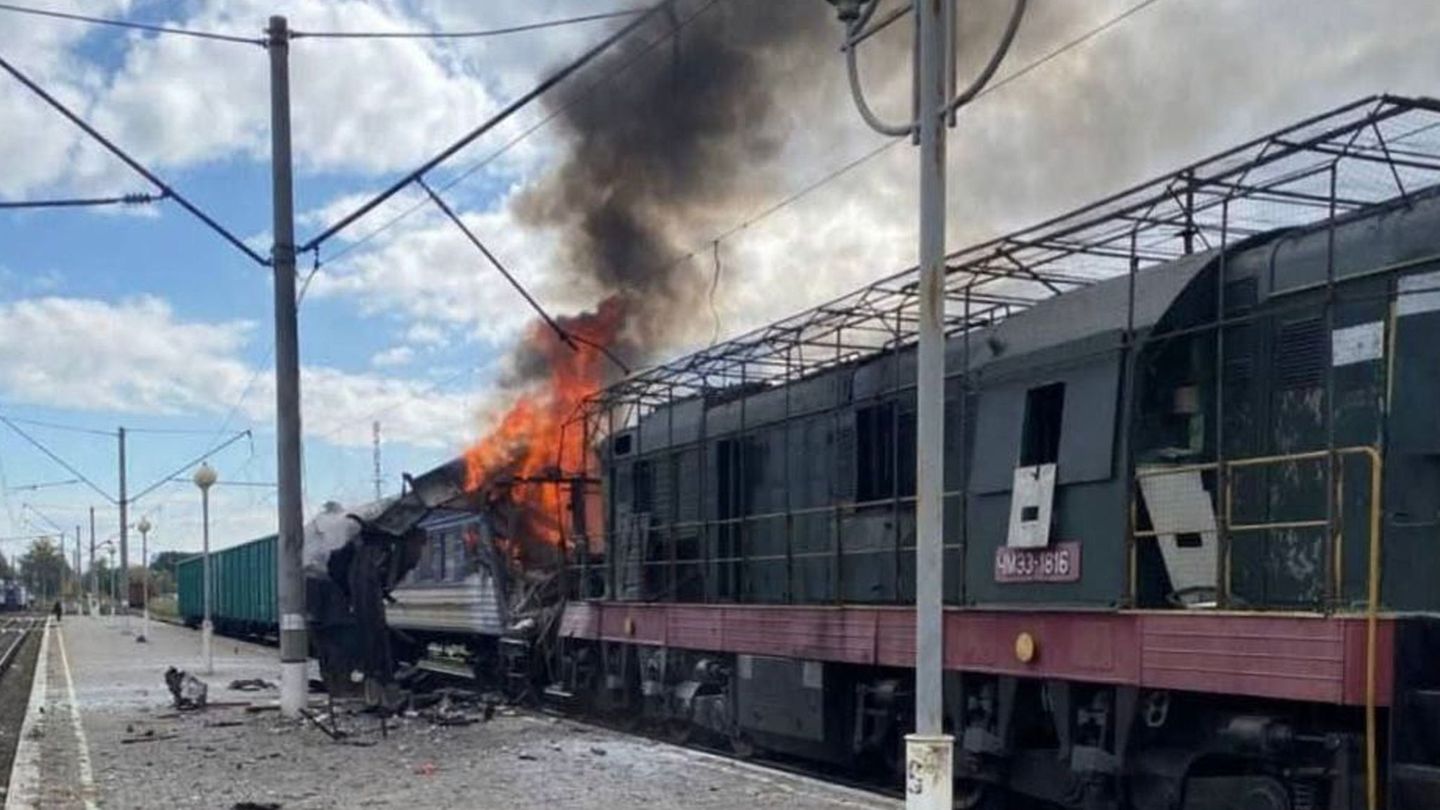The Russian war against Ukraine also has consequences for consumers and prices in Germany. Not only heating and driving are likely to become more expensive.
Rising prices have been a big topic for months anyway. Now there is still war in Europe and the aggressor is Germany’s most important energy supplier. As Putin’s tanks attack Ukraine, Germany and Western allies have rolled out tough economic sanctions against Russia. The consequences will also be felt in this country.
Even if the situation does not escalate to the point of a gas supply or import stop, experts assume that life will become more expensive in the coming months. “With the Russian invasion of Ukraine, the cost of gas and oil threatens to rise further, and with it many other prices for consumers,” says Timo Wollmershäuser, senior economic researcher at the Munich .
Of the 7,000 companies that the ifo researchers surveyed in February, 47 percent plan to raise prices – although those who want to lower prices have already left. This is a new high for the monthly barometer, even though price expectations have been similarly high since November.
The ifo economists now fear that the inflation rate for 2022 as a whole could rise to over five percent. The colleagues from Cologne are even forecasting inflation of more than six percent in the event that gas prices rise by another 50 percent compared to 2021.
Consumers have to be prepared for higher prices, especially when it comes to these points:
Heating becomes more expensive
Consumers who heat with gas and oil are directly affected by the energy crisis. Fossil fuels have already become enormously expensive in the last year as a result of high global demand. In addition, the Russian Gazprom – probably for political reasons – delivered far less gas to Germany than usual, so that the storage tanks were already underfilled at the beginning of the heating period.
The outbreak of war in Ukraine is now causing the next price shock: Prices on the European gas exchange have risen by 70 percent since Tuesday, reports the comparison portal Check24. The price of crude oil also reached its highest level since 2014, while heating oil rose to an all-time high.
Many gas suppliers will probably pass on the higher purchase prices to their customers with some delay. “Consumers have experienced a wave of gas price increases this winter that has never been seen before,” says Steffen Suttner, Managing Director Energy at Check24. “With the escalation of the Russia-Ukraine conflict, further price increases are also possible.”
From a purely technical point of view, there is enough pipeline capacity beyond the pipelines through Ukraine to transport the required quantities of gas (including Nord Stream 1 through the Baltic Sea). But the question of a political boycott is in the air. After all, the federal government has emphasized that even in the event of a Russian gas supply stop, supplies will be secured until the end of winter. Liquefied natural gas (LNG), especially from the USA, should also ensure that it is now bought at short notice. However, LNG is also scarce and expensive – so next winter should not be cheaper.
Refueling becomes more expensive
After the Russian attack on Ukraine, the price of oil rose to more than 100 dollars for a barrel of North Sea Brent for the first time since 2014. This also makes petrol more expensive at gas stations. According to the comparison portal Clever-tanken, the average price for a liter of E10 temporarily rose to an all-time high of 1.80 euros on Thursday morning, and the daily average was 1.76 euros. A year ago, the liter had cost 1.40 euros.
The ADAC fears that there will be further price records for petrol and diesel. A petrol price of 2 euros on a daily average nationwide is “not to be expected in the foreseeable future,” said ADAC expert Jürgen Albrecht of the DPA. “For that, the oil price would have to advance to a completely different level than it did last.”
When it comes to oil, too, Russia is Germany’s main supplier, although the dependency is somewhat lower. About a third of the imported oil comes from Putin’s empire, and for gas it’s more than half. In order to relieve motorists, the federal government decided this week to increase the commuter allowance. Long-distance commuters can apply 38 cents in their tax return retrospectively to January 1, 2022 from the 21st kilometer.
Food becomes more expensive
The trend towards higher food prices could also intensify. By the end of last year, some foods such as vegetables had become significantly more expensive. In January, groceries were an average of 8.4 percent more expensive than a year earlier. Individual products such as butter (plus 61.1 percent), vegetable oils (plus 58.5 percent) and coffee (plus 14.7 percent) even cost significantly more.
The war in Ukraine could now make some agricultural goods massively more expensive, because the country is an important exporter, especially of wheat. Together with Russia, Ukraine has a world market share of almost 30 percent for wheat and 20 percent for corn. In addition, Ukraine and Russia are by far the two largest sunflower oil producers in the world. The cooking oil shelves in many supermarkets are already partially occupied anyway due to poor harvests and the consequences of corona, as the reports. However, experts do not see the security of supply at risk here.
The situation does not threaten the supply of wheat either, because in contrast to gas, Germany mainly supplies itself from its own production and from imports from other EU countries. However, many products in the supermarket could become more expensive because the manufacturers are also suffering from the high energy prices. Agriculture is also groaning under the sharp rise in prices for fertilizers, for which Russia supplies the important raw material ammonium nitrate.
Energy prices drive everything
All in all, the direct interdependence of the German and Russian economies apart from the energy sector is not particularly great. However, the rising energy prices are a burden on companies from all kinds of industries and, in addition to corona-related logistics problems and delivery bottlenecks, lead to price increases for consumers. According to the current ifo survey, 63 percent of retailers intend to raise prices in the next three months, and among food retailers the figure is even 86 percent.
The Federation of German Industries (BDI) also sees high energy prices or even a lack of deliveries as a fundamental problem that leads to price increases in the short term. “This problem outshines all other economic issues,” said BDI President Siegfried Russwurm of the DPA. For the coming months, he expects “an enormous price pressure that will affect us all, but no real supply crisis”.
Source: Stern
Jane Stock is a technology author, who has written for 24 Hours World. She writes about the latest in technology news and trends, and is always on the lookout for new and innovative ways to improve his audience’s experience.




